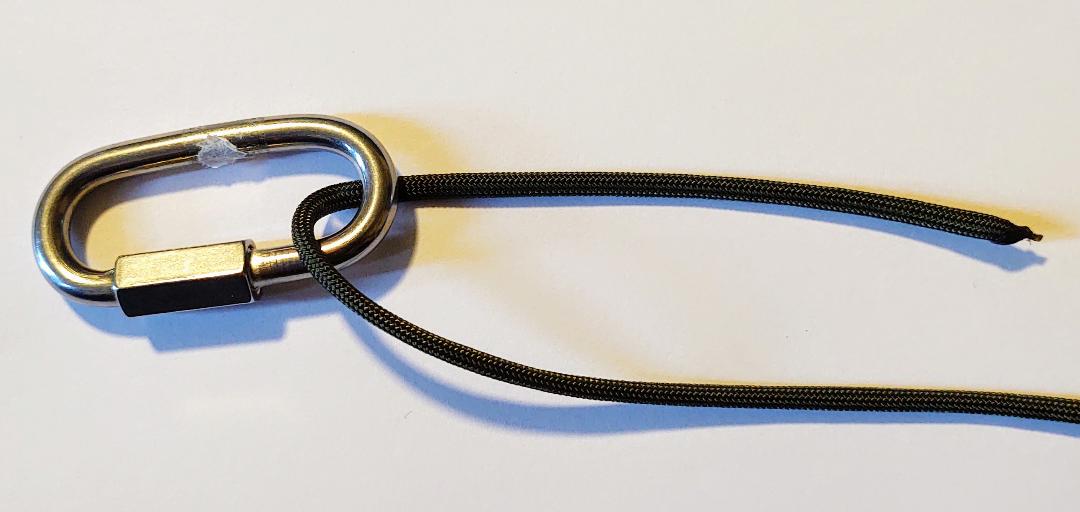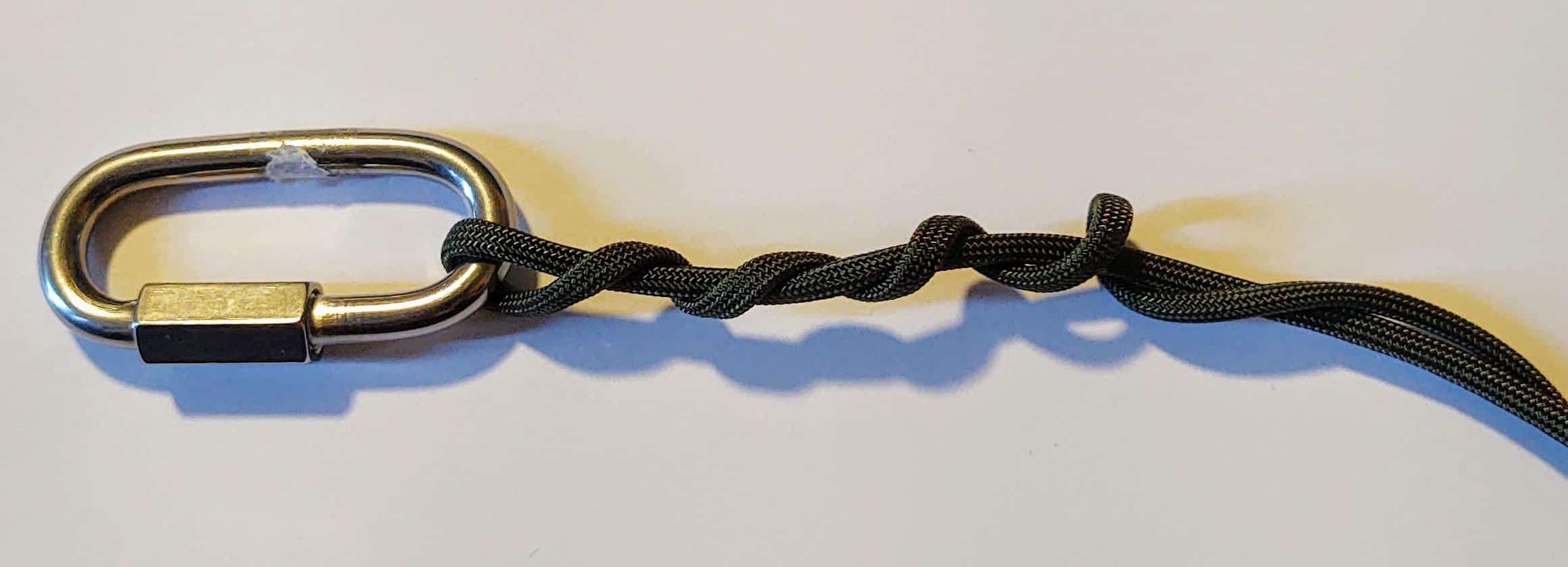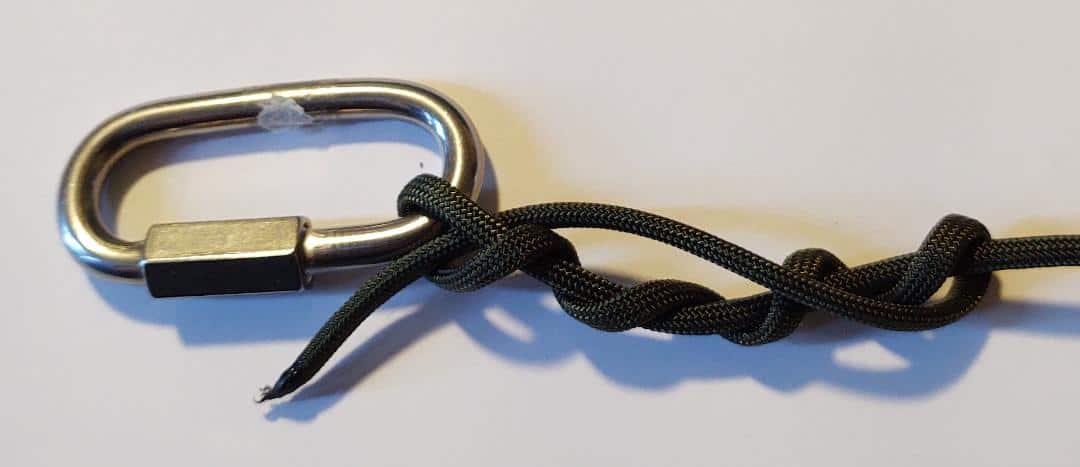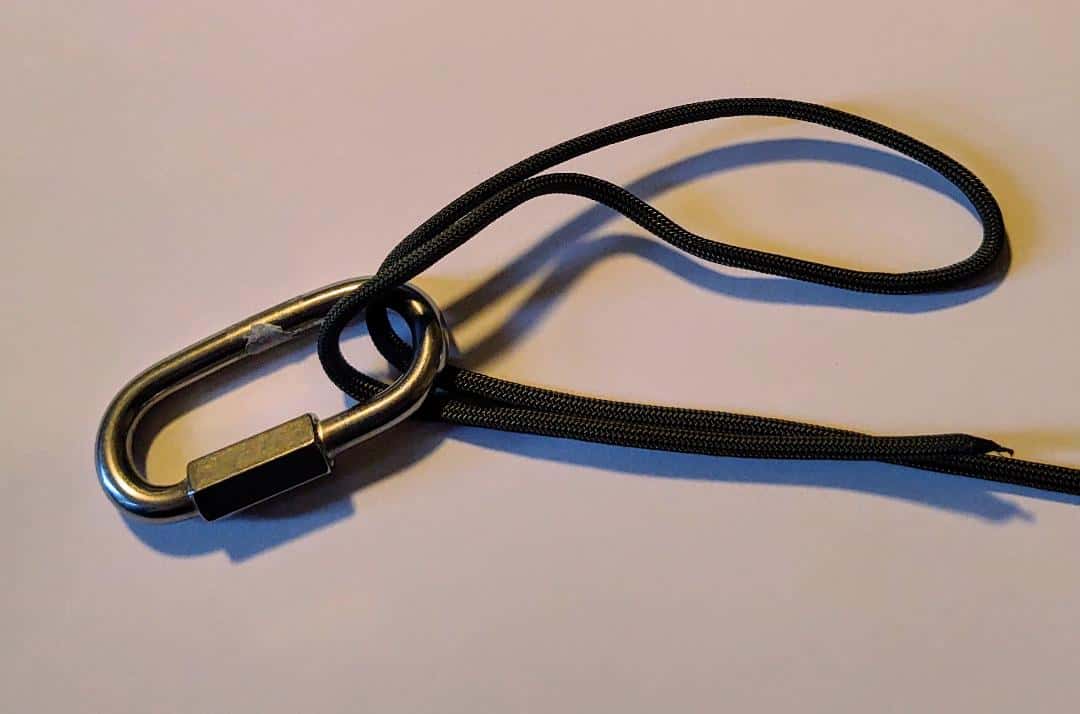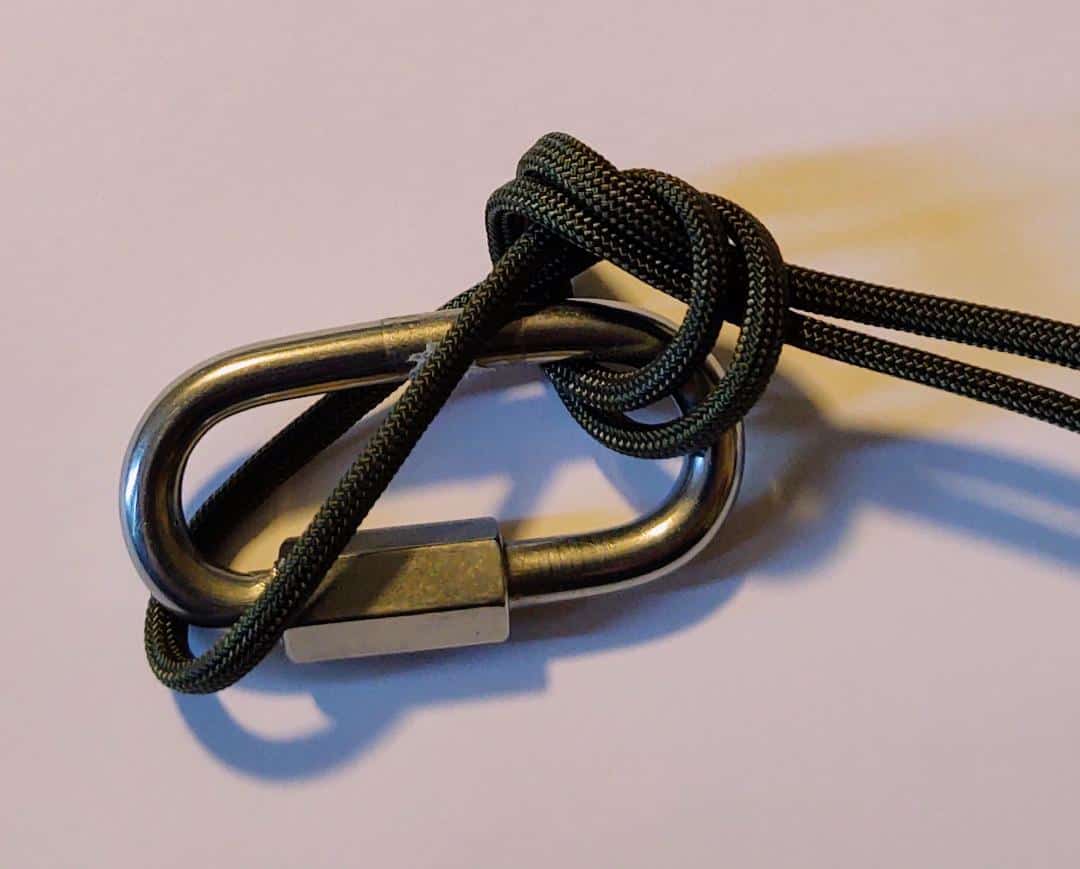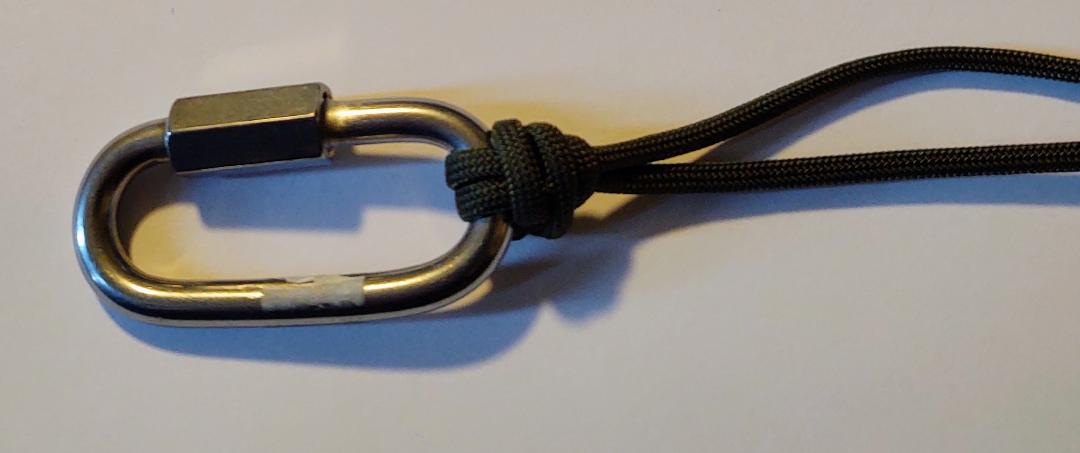In my experience, fishing is one of those activities that you either love or you hate. I have never met anyone on the shoreline that shrugged their shoulders and said, “Eh, it’s okay.”
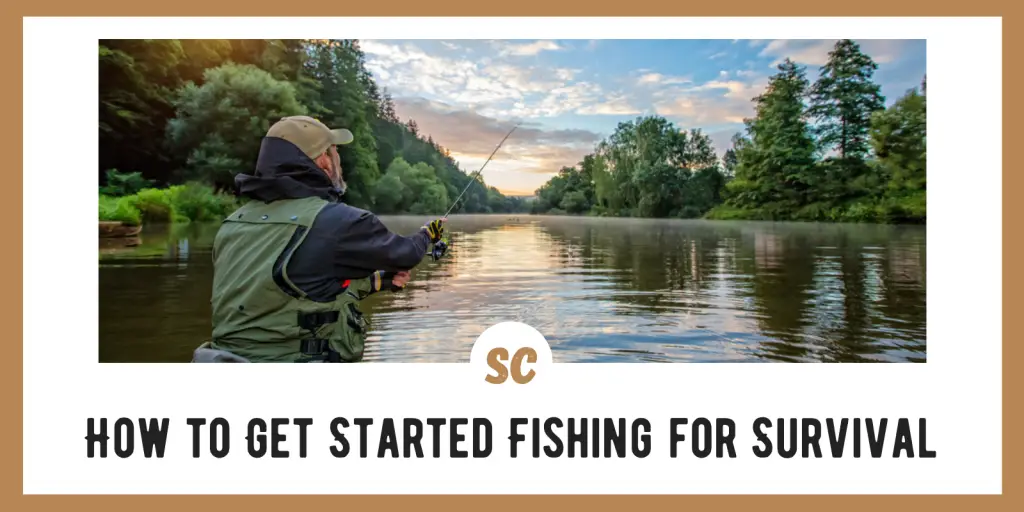
Things in a survival situation, however, are going to be a lot different. You are not going to be fishing for pleasure simply stocking up the freezer for a Friday fish fry.
You will be fishing to put food in your belly so that you can do what you need to survive. Plain and simple.
Now, I have been fishing for most of my life, so it comes rather easy to me. Not everyone fishes though, so I understand how it may seem confusing or difficult to them.
That is why I wanted to put together a beginner’s guide to survival fishing and how to make survival fishing kits. You may not like this activity, but my hope after reading this is that you are better prepared for when you must go fishing.
SKIP AHEAD
Understanding Fishing and Why You are Not Catching Any
I have met a lot of people in my life that have said, “fishing, pfft, it’s not that hard.” They say this because they think it involves walking up to the waterline, throwing a line into the water, and pulling out a fish in short order.
Now, I will admit that there have been a few times in my life where my experience was similar to how it is described above, but those times are rare. Generally, it is not that easy.
However, knowing some information about fish habits as well as their habitats will greatly increase your chances of catching something. For example, some catfish are bottom feeders so that is where they spend most of their time. If you are trying to catch one with a surface lure, then your success rate is not going to be very good.
I’m going to start this guide out with some basic information about fish and tips for catching them, followed by the sections listed below:
- Fishing without a kit
- Making survival fishing kits and using it
- Keeping fish alive and processing them
- FAQs
Tips for Catching Fish
The Right Time
Fish are most active in the early morning and the evening hours. During the warmer parts of the day, they often retreat from shallow water to deep water to cool off.
It is best to fish during these hours of the day and to adjust your fishing depth accordingly.
Use Local Food and Live Bait
Have you ever traveled somewhere new and tried food that you’ve never eaten before? Sometimes it is great…and sometimes you cannot wait to get home to eat what you normally eat.
Fish are similar. They are used to eating local food. Now, I have used lures and other fake lures plenty in my life with success, but I have always had the best luck with fresh local bait.
This means you should scavenge for worms, insects, and other small creatures to use as bait. Also, take the time to watch the water because you can sometimes observe what fish are eating. If you can see what they are eating, then go after that food source and use it.
Mind Your Presence
How you act around the water can certainly have an impact on your success.
Typically, you want to remain quiet and not talk or yell a lot.
Standing with the sun at your back is usually not advised because it casts a large shadow onto the water’s surface. When you move the shadow moves, and this can scare away anything that may be close.
A lot of motion will also scare fish away, so do your best to sit or stand still once you find a spot. When you must move, do so slowly and quietly.
Don’t Avoid Obstacles in the Water
People often avoid throwing their line around water obstacles, such as logs and rocks, at all costs because they do not want to cause a snag and risk breaking the fishing line.
Fish regularly hang around downed trees and rocks because it offers protection and other benefits. You will have to weigh the risk of fishing around these structures versus the potential of catching fish based on your skill level and the number of supplies you have.
Passive Fishing vs. Active Fishing
There are basically two ways to fish with a line and bait. Passive fishing is where you throw a hook and bait into the water and wait for a fish to come to it.
Active fishing is where you throw a line out and reel it back in, creating a movement with the bait. This works best with predatory fish that like to go after their prey. If you are not having any luck with one method, try the other.
Without a Kit
Hopefully, you do not go into the outdoors unprepared, but unexpected emergency situations happen, and people find themselves trying to survive with little to no gear.
Remember that our ancestors survived with much less than we have today, so fishing without modern gear is completely feasible and more effective than you might think.
Below is a list of different methods you can use if you find yourself with little to no gear. Please keep in mind that some of these methods are intended only for a survival situation. In non-survival situations, these methods may be illegal in your area. Always check your local fishing regulations before practicing them in non-survival situations.
- Rocks and Stick
This is about as primitive as it gets, but – when done correctly – it is effective. A large rock can be thrown or a branch can be used to hit a fish. This will not always kill; it usually stuns them, giving you a chance to grab them.
- Spearfishing
This involves using a long pole, usually a piece of wood, with a sharpened end to spear the fish and pull them from the water. Using a knife will be the easiest way for crafting a point at the end of the pole. If you do not have one, the end of the wood can be scraped against a rock or other rough surface.
Spearfishing is not like you see on television where the spear is thrown. The best way to spearfish is by standing onshore or wading into the water and patiently waiting until a fish comes by before plunging the spear into the water.
- Fish Traps
Fish traps are used all over the world to catch fish and can be much more effective than a fishing pole. There are several different styles of traps, and which one you make will primarily depend on the resources available to you.
Funnel traps and baskets are simple to make and effective. They are shaped like an ice cream cone, sometimes with inward-facing spikes placed at the top. Once a fish swims into it, it is difficult for them to get out.
A fish weir is another popular method. This consists of constructing a V-shaped obstacle out of wood or stones, in a waterway. Fish can be baited into the weir or chased into it. Fish swimming into it are effectively trapped, giving you more time and opportunities for getting them out of the water.
There are several different styles of traps and which one you make will primarily depend on the resources available to you.
Funnel-style baskets are simple to make and effect. They are shaped like an ice cream cone with inward-facing spikes placed at the top. Once a fish swims into it, it is difficult for them to get out.
A fishing weir is another popular method. This consists of constructing a V-shaped obstacle out of wood or stones, in a waterway. Fish can be baited into the weir or chased into it. Once the fish are inside, they are effectively trapped, giving you more time and opportunities for getting them out of the water.
- Nets
Nets are another highly versatile item that have a ton of different uses, which is why it’s a great idea to always have one in your pack.
The size of the fish that are caught depends on the size of the holes in the net. A net with small holes can catch small fish and larger fish, whereas a net with large holes will allow small fish to pass through while entangling larger fish.
Cast nets typically have smaller holes, allowing a variety of sizes to be caught. A cast net is physically thrown by a fishermen, spreads out in flight, and drops down over a large area of the water. While this method sounds simple, it takes a lot of practice to perfect.
In a survival scenario, a gill net can be set out as a passive way of obtaining food while you tend to other matters. When fish swim into the net their gills can prevent them from backing out.
- Hand Fishing
Using this method is going to require a lot of patience and a steady hand. This works best if you get into the water, so only do so if hypothermia is not a concern.
The idea of this is simple. You get into the water and place your hand under the surface. When a fish approaches, slowly move your hands towards the fish, approaching from the backside.
With a gentle touch, close your hands around the body, grab, and throw them to shore. Pretty simple, but like I said this takes a lot of patience and some practice.
Alternatively, hand fishing can be done by sticking your hand into underwater structures that are enclosed by logs or rocks.
These structures sometimes only have one way out, which is where you are sticking your hand into and this provides an opportunity to corner the fish. Use caution when trying this because you do not know what else could be hiding in these places.
- Jug Fishing
Even in remote areas, human trash can be found. If you happen upon a water bottle or larger jugs, then you can set yourself up for some jug fishing.
Take one end of a length of fishing line and tie it to a jug and tie a baited hook to the other end of the line. The jug can then be thrown into the water. The baited hook will sink while the jug floats on the surface.
If you don’t have a boat, tie an additional line to the jug that is firmly anchored to the shoreline, especially if you anticipate catching large fish.
Water bottles and jugs can also be used to transport bait or live fish.
- Trot Lines
Trot lines are another great passive survival fishing method. A trot line consists of a long line with many additional lines and hooks attached hanging down from it.
A trot line is often used in one of two ways. One end of the main line is anchored to a sturdy object like a tree and the other end can be weighted and thrown out into the water. Or, the main line can be anchored at both ends and strung across two trees or a body of water.
The trot line increases the chances of success because it puts more hooks in the water and allows different depths to be fished.
Making a Fishing Kit and Using It
Now that we have gone over some of the ways to fish without gear, I’m going to go over how to make a survival fishing kit and how to use it.
There is a ton of different fishing tackle available including small fishing rods that are geared towards survival situations. If you want to invest in something like that go right ahead, but I believe in a bare-bones type of kit.
Fishing rods are comfortable, easy to use, and make reeling in a fish much easier. But they take up space, add weight, and can break. If you are set on set on using a fishing rod, I suggest looking at miniature models or constructing a simple one in the field, like a cane pole.
Bare Bones Fishing Kit
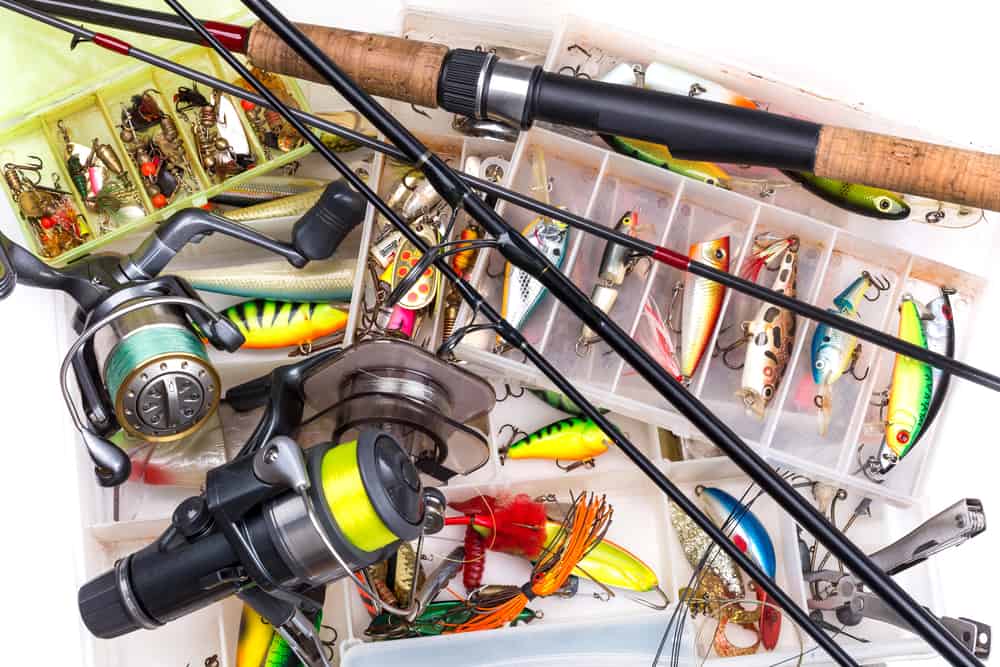
When it comes down to it, all that is really needed to catch a fish is fishing line and hooks. Floats, bobbers, sinkers, a fishing pole, and fishing lures are nice to have, but they can all be improvised in the field.
Having said that, items such as floats, sinkers, or lures can be put into the kit, but the bulk of the kit should be made up of fishing line and hooks.
I am not going to give you any amounts of the items that go into the kit because that will depend on what type of container you use. For a more in-depth look at making a fishing kit, check out our article, “Survival Fishing Kit DIY: Hands-On Experience.“
Hooks
You can choose between barbed hooks or barbless hooks but for a survival fishing kit, I would choose barbed hooks. Once they are set, it is harder for the fish to get away.
Be sure to pack a variety of different sizes as this will give you more options of what you can fish for. A few treble hooks wouldn’t be a bad idea either. A treble hook is three hooks in one and is the most effective at holding onto a fish. It can also be used to snag fish in other ways.
You can choose between barbed hooks or barbless hooks. For a survival fishing kit, I would choose barbed hooks. Once they are set, it is harder for the fish to get away.
Be sure to pack an assortment of large hooks and small hooks. Large hooks will allow you to get bigger fish and smaller hooks will allow you to get smaller fish and some bigger fish.
A few treble hooks wouldn’t be a bad idea either. A treble hook is three hooks in one and is the most effective at holding onto a fish. It can also be used to snag fish in other ways.
If you find yourself without any hooks, one of the easiest ways to improvise one is by making a gorge hook. Gorge hooks are simply a piece of wood (or any suitable material) with the line tied off in the middle of it. The idea is that when it is swallowed it will become stuck inside the fish and allow you to pull it to shore.
Some people also like to add a few safety pins to their survival fishing kits as they have a variety of uses and can be used as hooks. I have used them as such with some success.
Fishing Line
Ideally, you should pack a combination of different line such as a monofilament line and a braided line. For the monofilament, I wouldn’t go less than a ten-pound test. You can go heavier with a braided line because as the tensile strength goes up it remains fairly small in diameter, allowing you to pack more of it.
In my opinion, the fishing line is the hardest item to improvise in the field so pack as much as you possibly can.
Weights
Sinkers will help in throwing a line out further and for adjusting fishing depths. A few split shots are easy to take on and off and do not take up a lot of space.
Floats
Floats or bobbers help to show us where our line is at in the water, when a fish is biting, and it can help to keep the bait suspended at a certain depth.
I would recommend packing in a minimal amount of these because floats can be made in the field by using a piece of wood or by tying other vegetation together.
YoYo Reels
A YoYo fishing reel may not fit well in a pocket survival kit but if you have the room adding one of these can be beneficial.
This is a small, flat, circular, automatic fishing reel that can be secured to a branch or pole. Once the line is pulled out a latch on the reel “locks” the line in place.
When a fish takes the bait and pulls the line, the latch is released and a spring inside the reel quickly pulls back on the line, setting the hook.
Using the Kit
I know some people may be thinking I am crazy for suggesting so little in a fishing kit, but I have caught plenty of fish in my life using only a fishing line, a hook, and no bait.
Since fishing line and hooks are the hardest items to improvise, it makes sense to me to carry as much as you can. Once you have your kit together, here are some suggestions for using it.
Wrap Up the Line
Handline fishing is where you throw the line out and allow the line to fall to the ground as it is pulled in. I have never been a fan of this method because it usually ends up making a big, tangled mess.
Instead, I suggest finding some object to wrap the line around, such as a plastic bottle, a round stone, or a piece of wood. Just make sure whatever you are wrapping the line around is as smooth as possible to avoid inadvertently cutting the line.
Attaching a Hook
Attaching a hook to a fishing line with a good knot can make the difference between going to bed hungry or with something in your belly. Below are a few easy and popular knots.
In the pictures below I used a piece of 550 paracord and a large piece of hardware so that the knot tying process would be easier to follow.
Knot 1: Improved Clinch Knot
Pass the end of the fishing line through the eye of the hook.
Next, wrap the cut end around the main line five to six times.
Bring the cut end of the line down and pass it through the backside of the loop just above the eye of the hook.
Bring the cut end of the line up, and through the larger loop that was created by bringing it down in the previous step.
Press the wraps down toward the hook while at the same time pulling the cut end and the main line taut.
Knot 2: Palomar Knot
Take the cut end of the line and double it over to form a free-standing loop. Pass this loop through the eye of the hardware.
Bring the loop around itself to form a simple over-hand knot.
Pull the loop down and pass the hook through it.
Pull the main line and cut end of the line taut to tighten the loop and knot.
Keeping Fish Alive and Processing Them
The longer a fish is alive and kept in the water, the longer the meat will remain good. After catching a fish, you may want to keep it alive for a certain amount of time because you are not done fishing, or you are not ready to process and cook it.
Two simple ways of keeping them alive and in the water are by using a stringer or a holding pen.
Stringer
A typical stringer consists of a cord with a needle-like point on one end, and a loop on the opposite end. The sharp end is pressed through the bottom of the fish’s mouth and fed through the loop on the opposite end of the stringer.
By pulling the cord taut it creates a closed loop that holds the fish on the stringer. The fish can then be placed into the water with the opposite end of the stringer anchored onshore.
By going through the bottom of the mouth instead of the gills, the fish will continue to receive more oxygen and is more likely to stay alive.
Additional fish can be placed onto the stringer by simply pushing the needle through the mouth and sliding them down the cord. A stringer can easily be made using a little extra fishing line.
Holding Pen
A holding pen can be constructed close to shore by using logs and rocks or a pool of water away from the main body of water.
Both a stringer and a holding pen can be risky. If a stringer is not anchored well, it could float away. Fish could also escape from a holding pen or predators could take your fish if you are not keeping an eye on it.
Processing Fish
A quick warning, this section contains details for killing and processing fish.
There are different ways to process a fish depending on how you want to prepare it or what kind of fish it is. However, since this is for a survival situation, I will describe two simple methods.
Just as it is with hunting, you want to kill your catch as quickly as possible to avoid any undue suffering. To kill a fish, take a solid object like a piece of wood or a rock and hit it hard on top of the head.
Once the fish is dead, you need to gut it as soon as possible. Take a knife and make a shallow cut along the belly that runs the length of the fish.
Use your hands to pry the fish open and scoop out all the organs and entrails. Inspect the innards to make sure nothing is discolored or spotty.
From here, it can either be filleted out or cooked whole. To fillet it, make a cut just behind the gills that is perpendicular to the spine. Then run your knife along the edge of the spine and begin cutting the meat away.
Fillets can be cooked as-is, or they can be cut into strips to be smoked and preserved.
To cook the fish whole, simply poke a sharp stick through the fish twice and cook it over a fire. Most fish meat will turn white and flakey when it is done. Be careful when eating fish as they have a lot of small bones that you do not want to swallow.
FAQs
I can’t seem to set a hook when a something bites, what am I doing wrong?
Fish do not always swallow bait in one gulp, sometimes they will test it out by nibbling at it. If you feel small, short tugs on the line this means they are nibbling, let them do so. Once they swallow the bait you should feel a firm, constant tug on the line. This is when you want to quickly jerk on the line to set the hook.
What do I do if I keep losing fish after setting the hook?
Change up how you are reeling the fish in. Reeling a fish in usually takes some finesse and not brute strength, unless you are pulling in really big ones.
Once the hook is set, you may need to give the fish some slack to prevent the hook from being pulled out or snapping the line. Pull the line in and then wrap up the slack. Repeat until the fish is onshore.
How do I get the hook out of the fish’s mouth?
The best and safest way is with a pair of needle-nosed pliers or a multitool. The fish should be immobilized first before attempting to remove the hook. If you do not do this, the fish can flop around, dislodge the hook and sink it into your hand.
Either gently step on the fish or press your index finger into the soft exterior bottom portion of the mouth while at the same time using your thumb to grab a hold of the inside lower lip.
Wrap Up
I hope that you are never in a situation where you must use the information laid out in this article. But by having this knowledge, you will be better prepared to catch a fish when your life is on the line.
Some of the above fishing methods or advice may be illegal if used outside of a real-life survival situation. If you intend on practicing any of them, be sure to check your local laws first so that you don’t get yourself into trouble.
Thanks for reading, and stay prepared!













